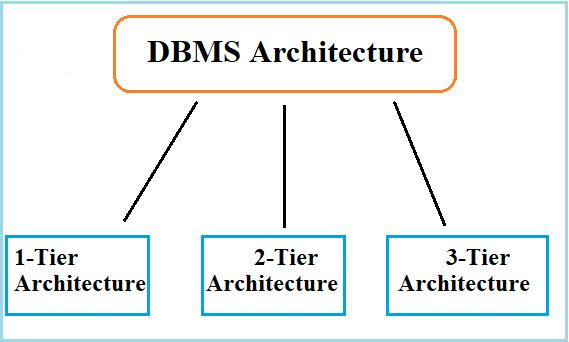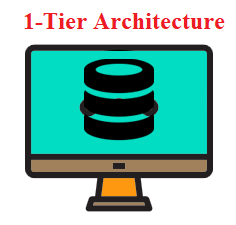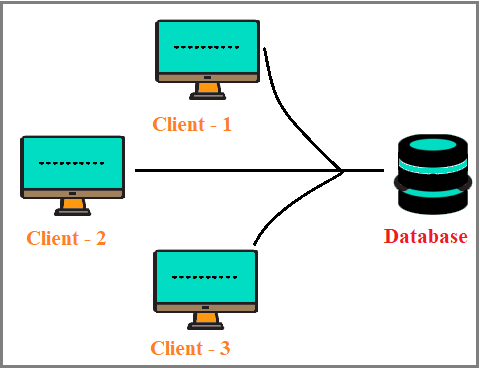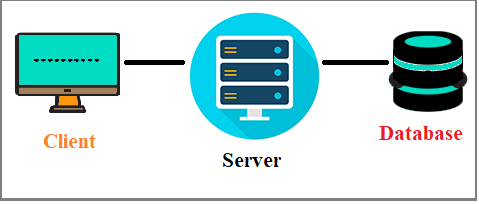In this tutorial, We will study what is DBMS architecture, and the types of DBMS architecture 1-tier architecture, 2-tier architecture, and 3-tier architecture. So let us start.
What is DBMS architecture?
DBMS architecture is focused on the development, design, maintenance, and implementation of computer programs that are used to store and organize information.
A database architect helps in the development and implementation of software to meet user requirements. Database architecture uses languages to design a particular type of software for business organizations. The design of a DBMS highly depends upon its architecture. The DBMS can be distributed, centralized, or decentralized depending upon its architecture.

Types of DBMS Architecture
1-Tier Architecture DBMS architecture
-
- In this, there is only one server and multiple clients are there.
- Only the user interface will be there.
- In this, we will use the file server rather than using the database server.
- These are mainly used where there are less frequent changes in the data and there are no multiple users accessing the data.
- Basically, a one-tier architecture helps in keeping all of the elements of an application, including the interface, middleware, and back-end data, in only one place.
For example – Let us say we want to fetch the records of employees from the database and the database is available on the computer system, so the request to fetch employee details will be made by the computer and data will be fetched from the database. This type of system is referred to as a local database system.

2-Tier Architecture DBMS architecture
-
- It is a client-server architecture. Here two layers will be there the client tier and the database tier.
- There is direct communication, therefore, faster than 1 tier architecture.
- In this, we use a database server.
- In this, the database system and DBMS application are present at the server machine and the client machine respectively. The two devices are connected with each other via a reliable network.
- All the clients will be communicating with the database server which is present in the organization.
- Whenever the client machine makes a request to access the database located at the server using a query language like SQL, the server performs the request on the database and returns the result to the client.
The application connection interface like JDBC and ODBC are generally used for the interconnection between server and client.
- There is no intermediate layer between the client and the server.

3-Tier Architecture DBMS architecture
-
- In this, there will be three layers: the client tier, the business logic tier, and the database tier.
- In this, the client application does not directly communicate with the database systems present. But they communicate with server applications and the server application communicates internally with the database system.
- This architecture separates ties depending on the complexity of users and how users use the data present in the database.
- It is a completely web-based application.

Client Tier
In this end, users operate and have no idea about the existence of databases beyond this point.
Business Tier
It is also known as the application tier. There is an abstract view of the database for the user. It is the middle layer.
Database Tier
This database resides along with its query processing language.
Overall, the DBMS architecture is designed to provide a consistent and efficient way to access, store and manage data. I hope you like What is DBMS Architecture? model.